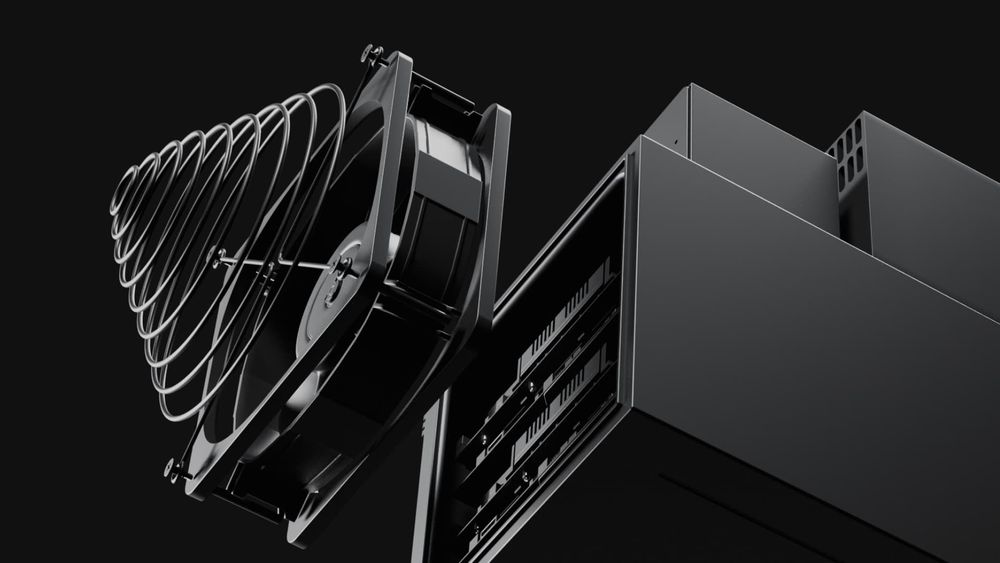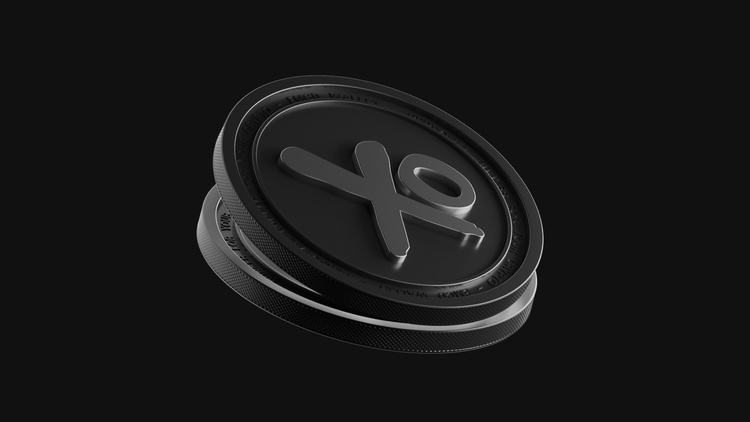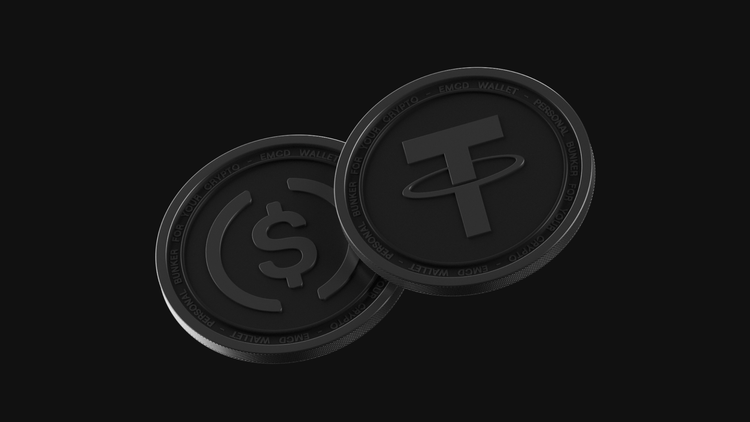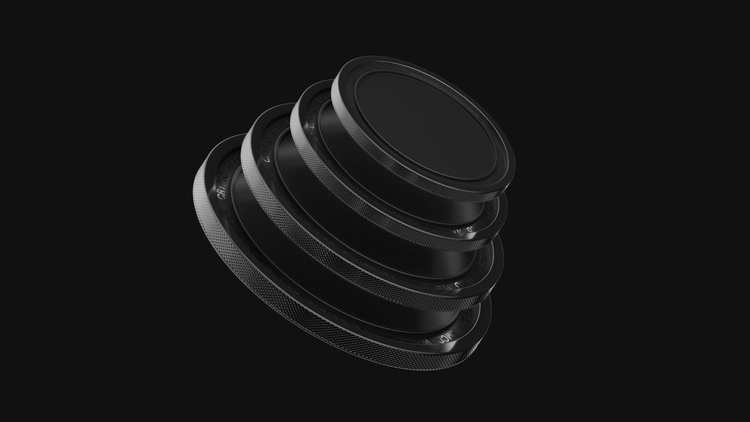Mining Pool: How It Works, Definitions and Benefits

Mining pools are servers that unite their users’ efforts to mine cryptocurrency. This approach allows you to mine coins using any available device with other miners' support and combined power. It's possible to achieve better results than solo mining, getting payouts with lower investments.
Mining 101: When choosing a crypto mining pool, consider tech specifications, reviews, cryptocurrency distribution methods, fees, and other important terms. Make sure to check the service for any hidden fees and charges. But let’s look deeper into mining pools before you get started.
What is a Mining Pool?
A mining pool is a platform where users work together to solve cryptographic puzzles to mine Bitcoin and altcoins. The more miners involved, the higher the chances of finding a block, which in turn increases payouts. This is why 90% of cryptocurrency miners work in standard pools, ensuring they receive consistent rewards.

Cloud mining pools are becoming more popular among miners. Today, these services are in high demand due to the increasingly complex conditions of finding a block on the blockchain. Solo miners' equipment can no longer handle the task. As a result, renting computing power from a contractor's platform makes it possible to mine crypto even for beginners.
How a Mining Pool Works
Still thinking ‘so what is a mining pool and how does it work’? Let’s dive into pool features to get a better picture.
Users contribute their hardware's computing power to the platform and receive rewards for their contributions to crypto mining.
‘Shares’ from a miner's hardware operation are sent to the pool and help find a new block on the blockchain. The mining pool is responsible for verifying the validity of all shares submitted by each miner. Shares are essential for the mining pool to assess each user's contribution to finding a valid block. If the linked list is found, the rewards are distributed proportionally to each participant, regardless of their country of residence. Here are the mining pools’ payout methods:
- PROP (the proportional scheme). It’s the simplest algorithm. The cost of equal shares is calculated only at the end of the block search period, with earlier shares in the round ’weighing’ less than newer ones. This method prevents unscrupulous users from switching between pools to increase their chances of earning a profit.
- PPLNS (Pay-Per-Last-N-Shares). It implies that miners receive rewards only if their submitted valid shares fall within a specific time frame. PPLNS involves distributing payments only after a block has been found.
- PPS (Pay-Per-Share). This method is ideal for miners when distributing rewards after a block is found in the pool because with PPS every valid share submitted is paid out. The value is calculated based on a probabilistic estimate of the total number of shares required for the pool to find a block. However, the payout amount in PPS depends on the network difficulty. The risk is also high, which is offset by a higher commission percentage. As a result, a cryptocurrency mining pool that uses PPS can’t be considered the best or most stable option for digital coin miners.
The commission charged by mining pool owners for a found valid block can range from 0.1% to 5%. Users may also encounter dishonest practices aimed at increasing payouts. For instance, some servers deliberately understate the contribution of a miner’s computing power, allowing pool owners to retain up to 10% of the total reward consistently.
Additionally, some platforms claim no fees for cryptocurrency miners, but they may implement hidden deductions from payouts, so they should be cautiously approached. Of course, there are many legitimate mining pools, and a lost reputation is difficult to recover fully.
Pros and Cons of a Mining Pool
To figure out what a mining pool is all about, you need to look through its perks. Here are several key advantages of joining cryptocurrency mining pools:
- High probability of receiving a block reward. The probability of receiving a block reward increases for miners in a pool. The chances of earning it are higher compared to solo miners since the computing power of thousands of participants is combined into a single network.
- Minimum equipment requirements for mining. Mining in a pool allows mining cryptocurrencies even for owners of low-performance devices. This certainly provides support to miners, eliminating the need for significant investment in expensive hardware and electricity, which is a major consideration in solo mining.
- Anyone can join a mining pool. Even users with a basic understanding of computers can become participants. There's no longer a need for specialized knowledge or software configuration skills to mine cryptocurrency.
Alongside the advantages, there are a few drawbacks to consider. Let’s look through some of them:
- Entry Fees. Each miner must pay a fixed amount when joining a pool. In some cases, the size of this contribution can be comparable to the total reward from mining cryptocurrency.
- Strict Rules. Each mining pool establishes a set of rules that participants must follow. These requirements can change, but users are still responsible for adhering to them. Failure to comply with the rules can result in losing a share of the mining pool profits.
- Risk of Centralization. Some users believe that mining in pools may eventually lead to control of the blockchain by a small group of individuals, which contradicts the philosophy of Bitcoin mining, aiming for a completely decentralized system.

Criteria for Choosing a Mining Pool
The range of mining pool servers is so vast that it can be challenging to choose the right one, especially for newcomers to the crypto world. Currently, many websites offer enticing conditions for profitable mining. However, it's important not to trust ads blindly and avoid joining the first pool that catches your eye.
Many experienced users recommend the https://emcd.io/auth/registration?redirect=https://emcd.io/pool/dashboard/ EMCD Mining Pool, which is a great option for mining the most popular cryptocurrencies with high profitability and daily payouts.
Here are some practical tips to help you choose the optimal mining pool for your profitable mining:
- Hardware Compatibility. Each platform may require specific models of processors or graphics cards to achieve maximum hashrates. It’s important to understand all the requirements related to the hardware before joining a pool. Don’t forget to check the pool’s compatibility with your equipment to ensure optimal performance.
- Reputation. It's crucial to thoroughly review all available information about how the mining pool works before joining it. If a trustworthy individual recommends the pool and there are no negative reviews about hidden fees or payment fraud, it’s likely a good idea to consider that service.
- Specific Coin Support. Keep in mind that some pools specialize in mining well-known cryptocurrencies like BTC, ETH, ETC, LTC, ZEC, and BCH. For instance, the EMCD Pool is one of the top 10 largest Bitcoin mining pools. If you plan to mine a specific altcoin, look for a server supporting mining that particular coin. It’s also worth checking the earning yield of the chosen cryptocurrency, which can be monitored in real-time on the ViaBTC website.
- Simplicity and Transparency. The server should clearly display statistics and the reward payout method. An ideal mining pool provides transparent operations, fair treatment of participants, honest fees, and clear profitability.
- Stability. The pool's reliability is a crucial factor. The service should have protections against hacking, DDoS attacks, and encryption of communication channels to ensure stable and secure operation.
- Hashrate. Servers with a large number of participants are more likely to find blocks, leading to more frequent payouts. Conversely, smaller pools may pay rewards less often, but the payout amount can be higher. Miners should choose based on their preferences for payout frequency and potential reward size.
- Commission Fees. Some servers charge a fixed commission on participants' earnings. Some pools operate on a voluntary donation basis, where miners can contribute donations and gain access to certain privileges in the future.
- Software Compatibility. Some mining pools may require specific software to operate. Additionally, some platforms are only compatible with certain operating systems. Ensure that the pool you choose supports the software and OS that you use.
You should also consider other important criteria like:
- The geographic location of your chosen server for mining
- Task distribution mechanism among the participants
- User-friendly interface
- Payout frequency and limits
After considering these factors, you can create a ranking of mining pools that best meet your needs.

Choosing a Mining Device
Profitability and the provided ROI of your equipment are directly influenced by the hashrate. This indicator measures the computing power of your mining device. The hashrate varies depending on the price and specifications of the chosen ASIC miner.
The second crucial factor is the cost of electricity consumed during the mining process. The lower the electricity price and consumption, the more profitable crypto mining becomes. Let's consider this using BTC as an example.
Bitcoin Mining on EMCD
The first thing you need to do to mine Bitcoin is to register on the company’s website.
So, you should take the following steps to complete the registration process:
- Registration page. Follow this link to go to the registration page: https://emcd.io/auth/registration?redirect=https%3A%2F%2Femcd.io%2Fpool%2Fdashboard
- User name. Create a unique username for the EMCD platform that you will use to mine Bitcoin.
- Email. Enter a valid email address in this field.
- Password. The more complex, the better for security. It’s recommended to use a mix of uppercase and lowercase letters, numbers, special characters, and letters in different languages. After entering your password, you will need to confirm it by entering it again.
Your next step is to check the box that says, 'I agree to the terms of service and consent to the processing of my personal data,' then click the large 'Register' button.
An email will be sent to your provided address, containing a link you need to follow to complete the registration process. Occasionally, email servers might send unknown messages to the ‘Spam’ folder. So, it’s better to check it if you can’t find the email in your inbox.
The second thing you should do is set up a Bitcoin EMCD wallet. Just follow the instructions to add it:
- In the top left corner of the page, select BTC
- Click on the 'Settings' button
- Add your wallet address. Any wallet that supports BTC will work, including exchange wallets
- Click ‘Save’
- Check your email and confirm the creation of your Bitcoin wallet in the message you received
Setting Up Equipment (Using BTC as an Example)
How to access your ASIC miner?
1. Use tools like IP Scan or BTC Tools to find the IP address of your ASIC mine
2. Input the found IP address into the URL bar of your web browser
- What settings do I need when connecting to a pool for BTC mining?
1. In the ASIC options, locate the tab labeled ‘Mining Configuration/Miner Configuration’
2. Don’t forget to fill in the pool information. You need to fill in three pool URLs, ensuring all three are completed: - Russia: stratum+tcp://gate.emcd.io:3333
- Europe: stratum+tcp://eu.emcd.io:3333
- Kazakhstan: stratum+tcp://kz.emcd.io:3333
- China: stratum+tcp://cn.emcd.io:3333
- America: stratum+tcp://us.emcd.io:3333
- Iran: stratum+tcp://ir.emcd.io:3333
- The port is the code for the coin being mined in the pool (for example, the code for BTC is stratum+tcp://gate.emcd.io:3333)
- Fill in the details for the three closest stratum servers in the miner configuration
3. Worker Name. Enter your worker name in the format «username».worker (without quotes). The username you created during the registration process can be copied from the ‘Connection’ tab in your personal account
4. Password. You need to create a strong password
If everything is configured correctly after completing all these steps, your device will be displayed in your personal account dashboard.
The equipment may take 15-20 minutes to identify and update the data on shares received by the pool. Once this process is complete, the device should be visible on the website.
Alternatives to Mining Pools
In recent years, renting computing power to mine digital coins — known as cloud mining — has gained popularity.
The main difference from standard mining pools is that users don't need to purchase expensive equipment or deal with configuration issues. These tasks are handled by specialized services that offer to buy hash power.
Companies offering cloud mining typically own powerful mining farms located in regions with very low electricity costs. These farms can also be powered by alternative energy sources such as solar panels. Joining a cloud mining service involves paying for the computing power you use. Additionally, some services charge an extra fee to cover their operational costs.
This raises a dilemma: which is better for mining—cloud mining or standard pools? For those who own powerful processors or ASIC miners, joining a mining pool is often the better choice. This approach can help you save on the costs associated with renting hash power.
It's worth mentioning that both cloud mining and standard pools have their own benefits. The best choice depends on individual needs. Keep in mind that various earning yields can help you in making a decision. Official pool websites often provide calculators to estimate potential earnings. You can also evaluate your options by comparing potential income and mining expenses.
If purchasing expensive equipment that requires constant upgrades and maintenance isn’t an option, mining cryptocurrency can still be profitable. Joining a mining pool is a practical and best solution in this case. Registering on a pool allows you to profit from mining, avoiding unnecessary costs for specialized equipment, which can be unstable and expensive.
Considering the growing impact of the cryptocurrency industry on global financial processes, it's worth diving into the crypto world. With favorable conditions, there is potential for significant earnings.
F.A.Q.
What types of mining pools can I explore?
You can join several types of mining pools: proportional pools, PPS pools, PPLNS pools, and cloud pools.
How do I choose a mining pool?
When choosing a mining server, consider the following factors: chosen equipment and its specifications, payout profit withdrawal methods.
What is the mining pool commission?
It’s a fee for the platform’s work. The server typically takes a certain percentage of the reward when a mining pool finds a valid block and receives a reward. Commission rates generally start at 1%.
What is the best mining pool?
MiningPoolStats provides all up-to-date information about mining pools. You should consider the reliable EMCD Mining Pool, which offers daily payouts.




